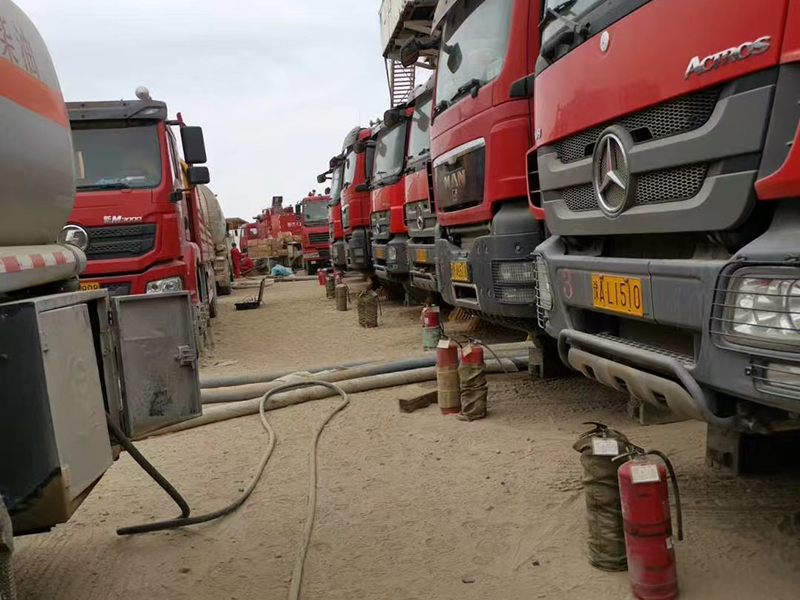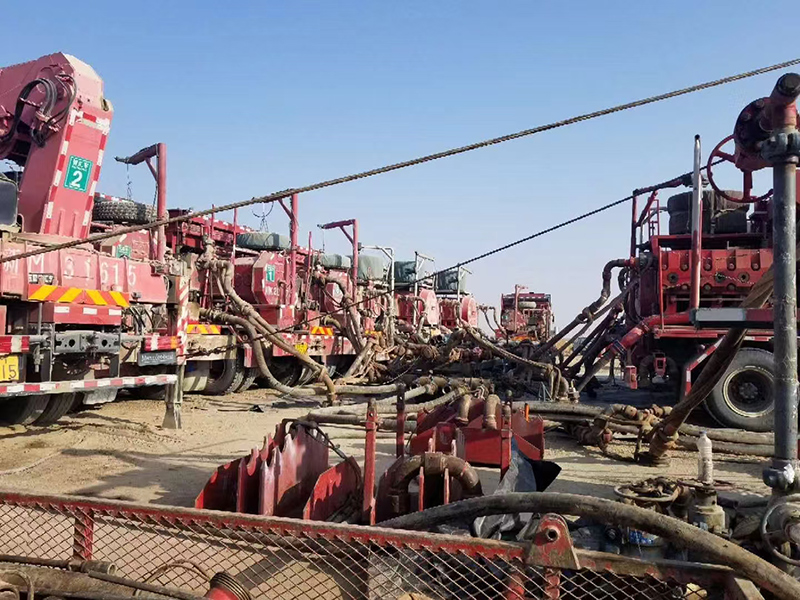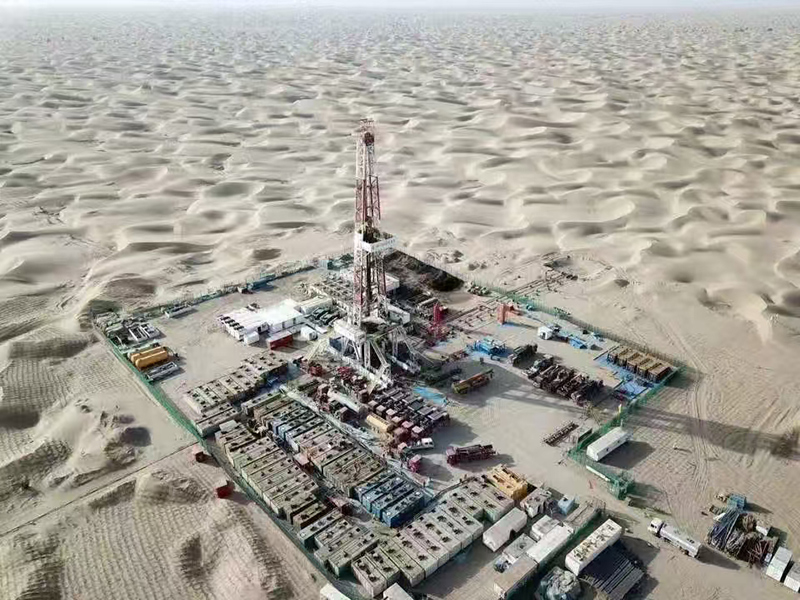What Are They?
PLA (Polylactic Acid) temporary plugging balls are biodegradable materials used in oil and gas well drilling, fracturing, and other downhole operations. They serve as temporary sealing tools to isolate zones, block fluid paths, or control pressure in wellbores.
Material features:
Biodegradable: Made from eco-friendly resources like corn starch or sugarcane, PLA plugging balls degrade naturally over time into CO₂ and water.
High compressive strength: Strong enough to withstand downhole pressure environments.
Thermal stability: Can operate effectively under high temperatures common in downhole applications.
Chemical resistance: Resists corrosion from acid, saline, and other well fluids.
Controlled degradation rate: Customizable to degrade within hours to days depending on operational needs.
Main Applications
Hydraulic fracturing (fracking): Temporarily plug sections of the well to direct pressure to specific zones.
Multi-stage fracturing: Enables stage-by-stage fracturing by temporarily isolating zones.
Temporary sealing during drilling or maintenance: Prevents fluid loss or pressure drop.
Bridge Plug Substitute: Use PLA balls as temporary bridge plugs in horizontal drilling
Automatically disappear after job completion, saving rig time and coiled tubing runs
Key Advantages
Environmentally Friendly: Leaves no permanent waste in the well—ideal for sustainable operations.
Zero post-operation cleanup: Fully degrades after completing its function, minimizing surface operations and reducing HSE (health, safety, environment) risk.
Compatible with various fluids: Works well in different chemical environments.
High performance: Delivers reliable sealing and plugging performance under high-pressure, high-temperature conditions (HPHT).
Specifications:
| Diameter range | φ 15-40mm |
| Temperature tolerance | Up to 40–150°C |
| Compressive strength | 40-70MPa |
Industries & Use Cases
Why Choose PLA Plugging Balls?
Using PLA plugging balls shows your company’s commitment to green development, safe operations, and cutting-edge technology. It is very cost-efficient choice, reduces operation time, cleanup costs and the need for post-frac intervention. They combine engineering performance with eco-friendly advantages, making them a smart choice for today’s energy companies.



